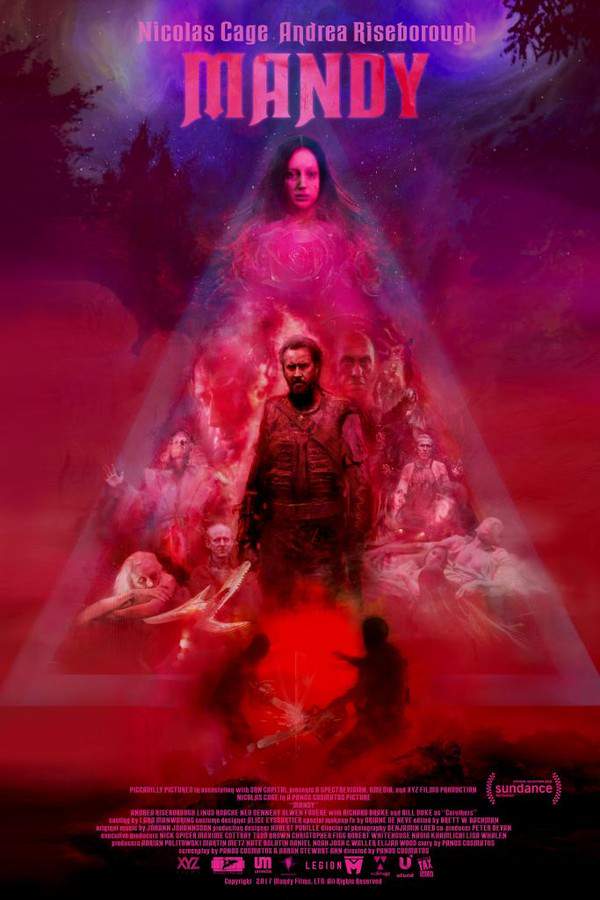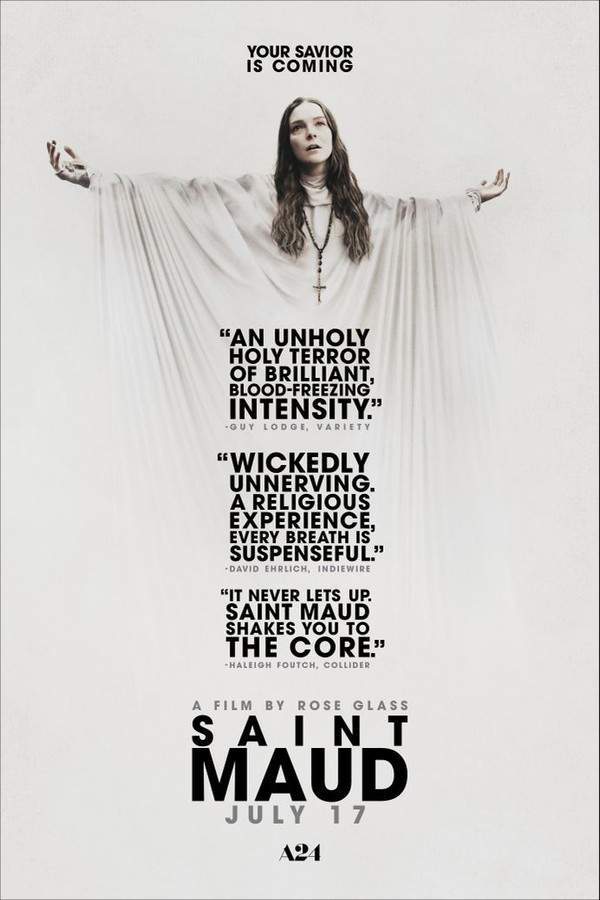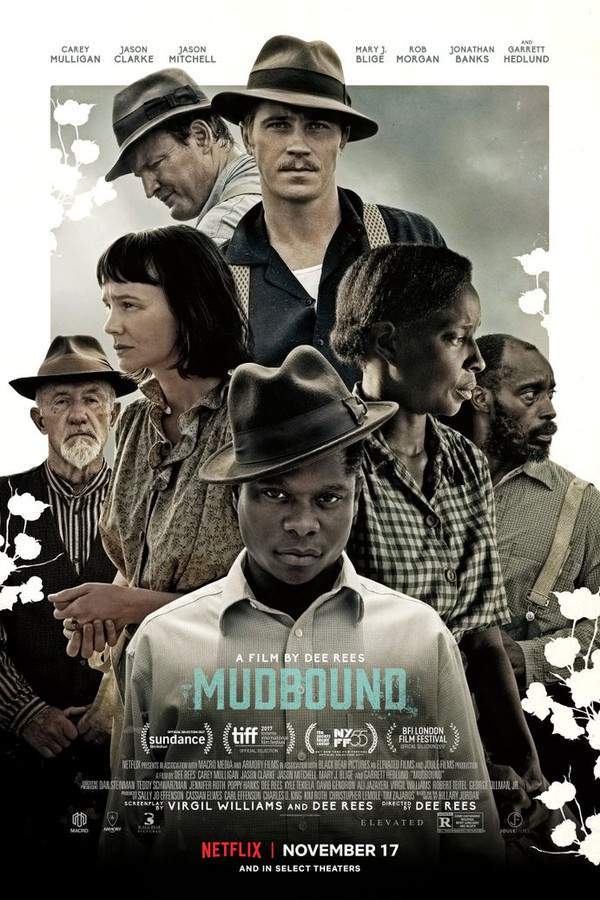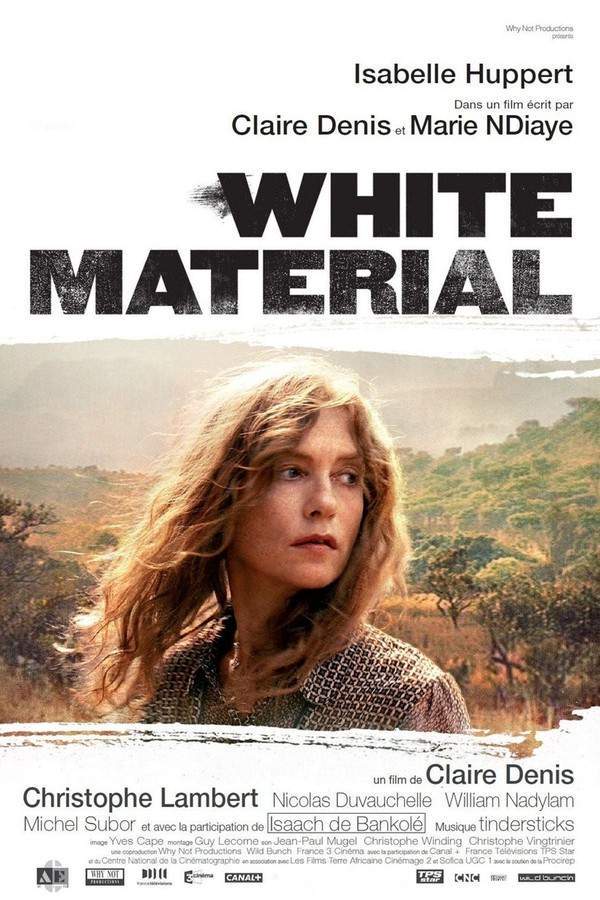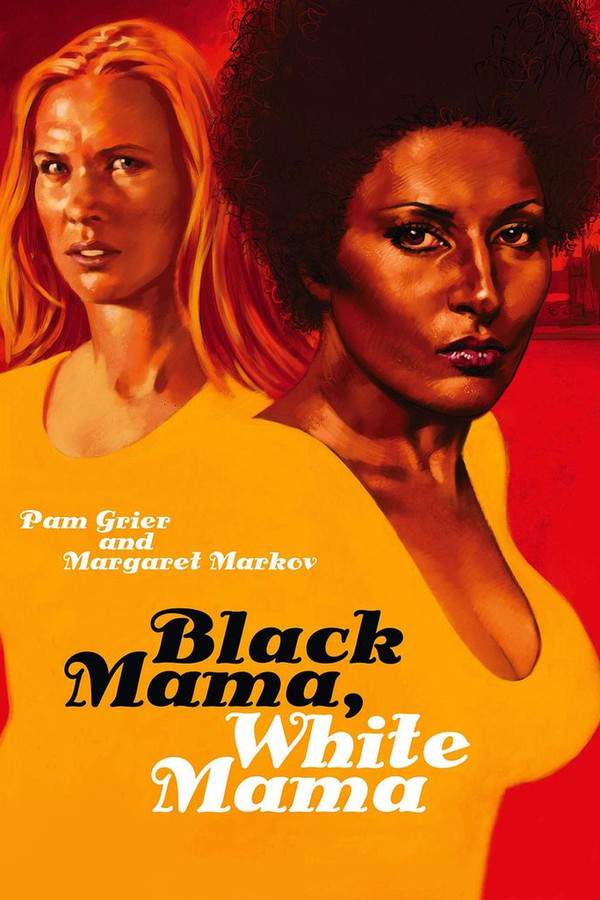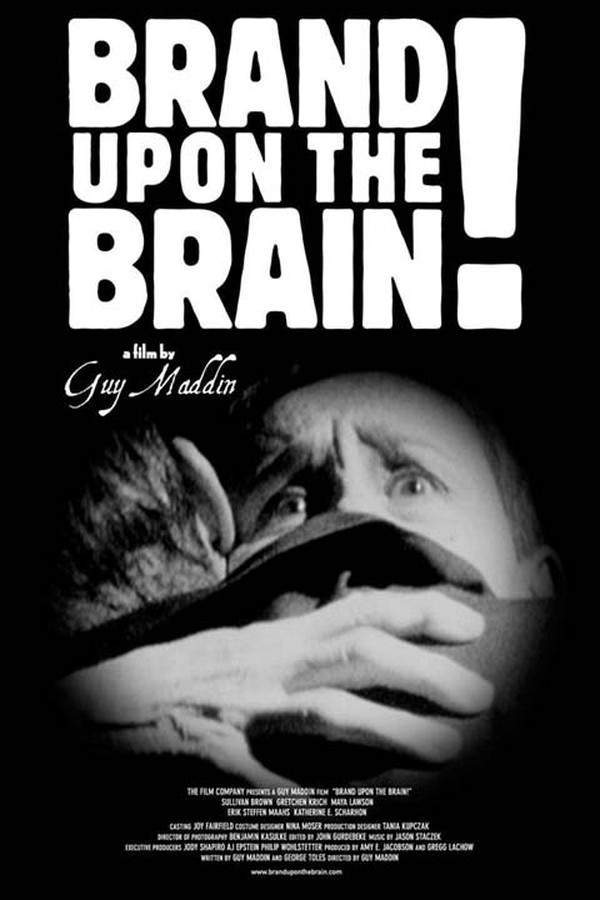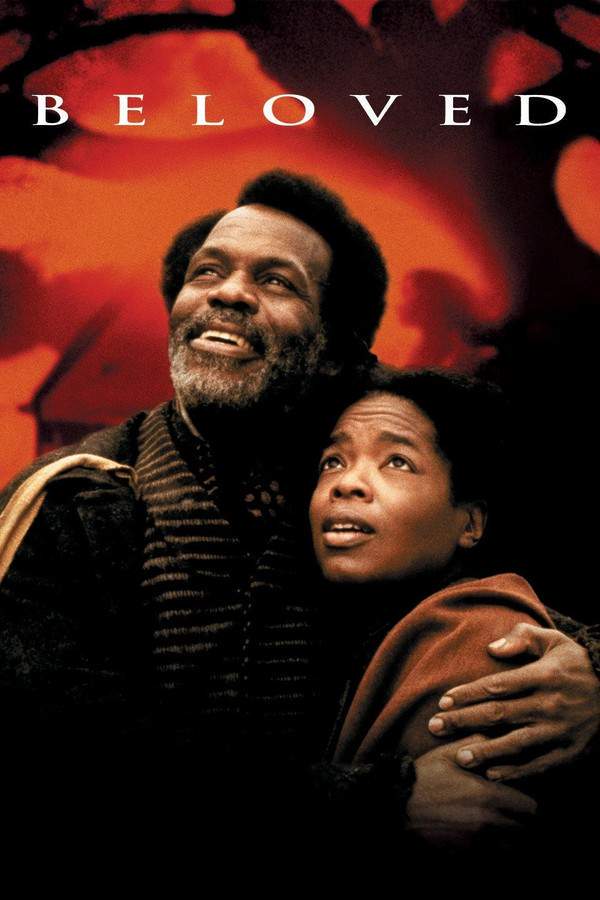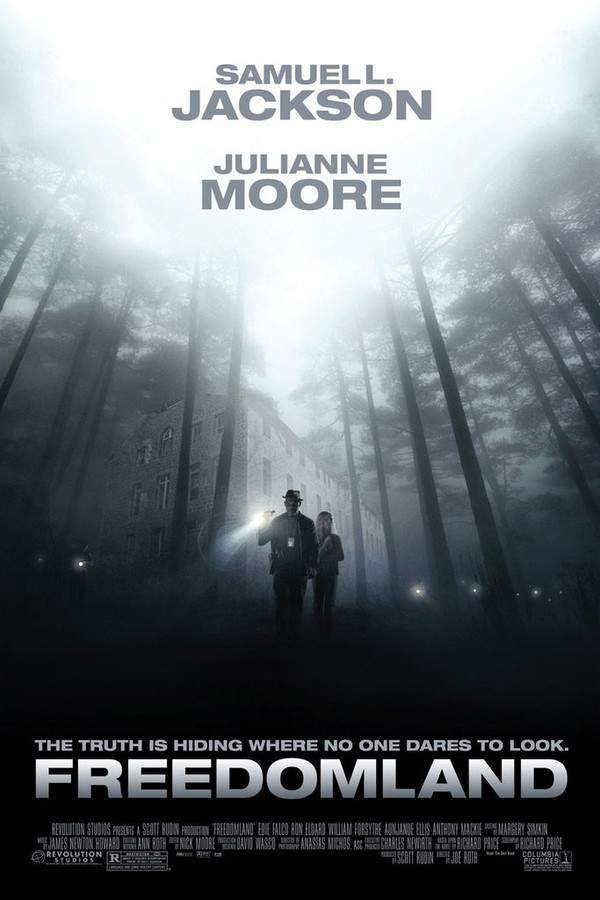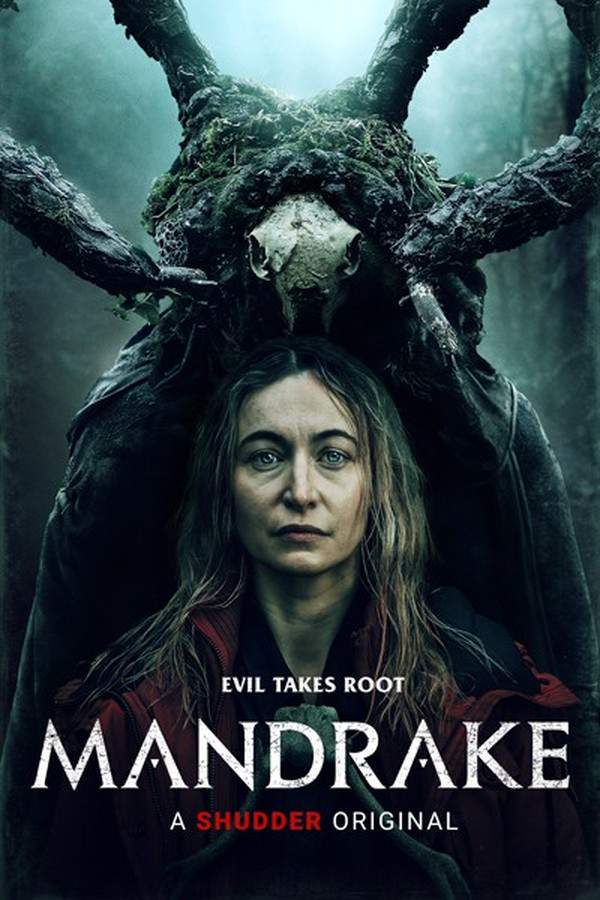
Manderlay 2006
Directed by

Lars von Trier
Made by

IFC Films
Manderlay Plot Summary
Read the complete plot summary and ending explained for Manderlay (2006). From turning points to emotional moments, uncover what really happened and why it matters.
The film unfolds through eight compelling chapters, starting in 1933 with Grace and her father, following the devastation of Dogville from the previous installment. Traveling in a convoy alongside a group of gunmen, they make a brief stop at a plantation named Manderlay in rural Alabama. The scene is set when a black woman approaches the group, expressing distress over a forthcoming punishment for theft—a stolen bottle of wine.
Upon entering the plantation, Grace is shocked to discover that slavery is still an unfortunate reality, persisting approximately 70 years after the American Civil War and the Emancipation Proclamation. Disgusted by this revelation, Grace decides to remain on the plantation with a few of the gunmen and her father’s lawyer, Joseph, to ensure the safe transition of the enslaved individuals to freedom. Soon after their arrival, the plantation’s matriarch, Mam, passes away, leaving behind a chilling request for Grace: to burn a notebook referred to as “Mam’s Law,” which details the exhaustive regulations governing the lives of everyone at the plantation, both free and enslaved.
As Grace delves into the contents of “Mam’s Law,” she learns about the seven divisions of slaves at Manderlay, each identified by a Roman numeral and standing in a designated area on a “parade ground.” This book imposes strict rules, including prohibiting the use of cash by the enslaved. Fueled by indignation, Grace takes on the challenge of managing the plantation, vowing to punish the oppressors and prepare the enslaved for their newfound freedom.
Determined to ensure that the former slaves avoid further exploitation, Grace instructs Joseph to create contracts for all the inhabitants of Manderlay, implementing a cooperative living arrangement where the white family works the land as laborers while the black community assumes ownership of the plantation and its resources. Throughout her efforts, Grace passionately advocates for freedom and democracy, articulating principles of racial equality that many contemporary Americans had yet to accept.
However, as the story unfolds, Grace finds herself grappling with the challenges of instilling her ideals into the fabric of Manderlay’s society. Her well-intentioned actions often lead to unforeseen consequences, such as utilizing the timber from surrounding trees, which ultimately exposes the crops to dust storms. After enduring a year of struggle, the community finally manages to harvest and sell their cotton, marking a temporary success in Grace’s mission. Nonetheless, her involvement takes a troubling turn when she engages in an unsatisfactory relationship with one of the ex-slaves, who subsequently squanders their cotton profits through theft and gambling.
Realizing she has not achieved her objectives, Grace reaches out to her father to leave Manderlay, but her departure is suddenly obstructed by the community’s members. The shocking truth emerges that “Mam’s Law” was neither crafted nor enforced by Mam or her fellow whites but was instead a creation of Wilhelm, the eldest member of the community. He designed it to uphold the existing order following abolition, safeguarding the black inhabitants from a hostile outside world. In typical fashion for von Trier’s narratives, the idealistic protagonist finds herself at odds with the stark realities she encounters in Manderlay.
Manderlay Timeline
Follow the complete movie timeline of Manderlay (2006) with every major event in chronological order. Great for understanding complex plots and story progression.
The Arrival at Manderlay
In 1933, Grace and her father travel in a convoy with a group of gunmen, stopping at a plantation called Manderlay in Alabama. This brief visit quickly opens a Pandora's box of horrors as they are confronted with the reality of slavery still ongoing in the South, forcing them to reevaluate their understanding of freedom.
Encounter with Distress
Soon after their arrival, a distressed black woman approaches Grace and the group, revealing that a punishment for theft is imminent. This encounter serves as a chilling reminder of the oppressive environment that remains entrenched within the plantation's walls.
Discovery of Slavery
Grace is horrified to discover that, despite the passage of time since the Civil War, slavery is still very much alive at Manderlay. This shocking realization ignites her determination to take action against the deeply ingrained injustices of the plantation.
The Death of Mam
The matriarch of the plantation, Mam, unexpectedly passes away, leaving behind a weighty request for Grace. Mam's last wish is for Grace to destroy a notebook containing the brutally oppressive rules governing both the enslaved and free on the plantation.
Learning 'Mam's Law'
Grace begins to explore the contents of 'Mam's Law', uncovering a detailed regulation system that defines the lives of the enslaved individuals. These oppressive rules enforce a systematic division of the slaves into seven groups, complicating Grace's mission to alter the status quo.
Managing the Plantation
Fueled by indignation, Grace takes on the task of managing Manderlay, vowing to liberate the enslaved people. She begins implementing her vision of justice and freedom while tackling the challenges posed by the plantation's established structure.
Contracts for Freedom
Determined to empower the former slaves, Grace instructs Joseph to draft contracts for all inhabitants of the plantation. This cooperative arrangement shifts the dynamics, allowing the black community to take ownership of Manderlay while the white family works as laborers.
Struggles for Sustainability
As Grace attempts to implement her ideals, she faces unforeseen issues, including the use of timber that exposes crops to dust storms. Despite her well-intentioned efforts, managing the community becomes increasingly challenging as the realities of racism and economic exploitation push against her plans.
First Harvest
After a year filled with hardships, the community finally achieves a breakthrough by successfully harvesting and selling their cotton. This moment is celebrated as a temporary victory in Grace's ongoing struggle for equality and justice.
Troubled Relationships
Grace's journey becomes complicated as she forms an unsatisfactory romantic relationship with one of the ex-slaves, which leads to unexpected consequences. The partner's subsequent misconduct, including gambling away cotton profits, highlights the precarious situation that both Grace and the community face.
Reaching Out for Help
Feeling disillusioned by the ongoing challenges at Manderlay, Grace decides to retreat, reaching out to her father for help to leave the plantation. However, her departure is thwarted by the very community she aims to support, showcasing the complexities of their relationship.
The Truth About 'Mam's Law'
In a shocking revelation, Grace learns that 'Mam's Law' was not solely the creation of Mam but constructed by Wilhelm, the oldest member of the community. This discovery deeply unsettles Grace, illuminating the intricate layers of power and control within the plantation.
Clash of Ideals
As Grace continues her quest to enact change at Manderlay, she grapples with the conflict between her ideals of freedom and the harsh realities faced by the community. The story illustrates how her well-meaning intentions collide with the ingrained systems of oppression that have persisted despite her efforts.
Manderlay Characters
Explore all characters from Manderlay (2006). Get detailed profiles with their roles, arcs, and key relationships explained.
Grace
Grace is a strong-willed and idealistic woman determined to address the injustices she encounters at Manderlay. She embodies a complexity of emotions, ranging from indignation to despair, as she attempts to instill her values within a deeply entrenched oppressive system. Grace's character arc explores the tensions between aspiration and reality.
Manderlay Settings
Learn where and when Manderlay (2006) takes place. Explore the film’s settings, era, and how they shape the narrative.
Time period
1933
The movie is set in 1933, a period characterized by the lingering scars of the American Civil War and the societal challenges faced by African Americans. Despite the legal end of slavery, many institutions and personal beliefs reinforce racial inequalities. This era highlights the resistance to social change and the clash between old-world values and emerging ideals of equality.
Location
Manderlay, Alabama
Manderlay is a plantation in rural Alabama, reflecting the deep-seated issues of race and injustice in America. It symbolizes the remnants of slavery that linger long after the Civil War, creating a complex and charged atmosphere. The plantation becomes a microcosm for exploring themes of freedom, power dynamics, and societal structure.
Manderlay Themes
Discover the main themes in Manderlay (2006). Analyze the deeper meanings, emotional layers, and social commentary behind the film.
⚖️
Justice
The theme of justice is central to 'Manderlay,' as Grace strives to rectify the injustices faced by the enslaved individuals. Her pursuit of fairness pushes against the harsh realities of race and class, illustrating the complexities of enacting true equality. The film challenges viewers to consider what justice means in a fundamentally flawed system.
💔
Struggle
Struggle permeates the narrative, showcasing Grace's challenges in transforming Manderlay's society. Her intentions often clash with unexpected outcomes, highlighting the difficulties of instilling ideals in a community bound by generations of oppression. This theme emphasizes that change is fraught with obstacles, often leading to heartache and disappointment.
🌍
Freedom
Freedom is a pivotal theme as Grace attempts to emancipate the enslaved individuals at Manderlay. Her efforts reflect a broader quest for liberation, yet the film underscores that true freedom entails more than mere physical release from bondage. It examines the societal and personal struggles that accompany the pursuit of autonomy and self-determination.
Movies with Similar Twists and Themes
Uncover films that echo the narrative beats, emotional arcs, or dramatic twists of the one you're exploring. These recommendations are handpicked based on story depth, thematic resonance, and spoiler-worthy moments — perfect for fans who crave more of the same intrigue.
Featured on this page

What's After the Movie?
Not sure whether to stay after the credits? Find out!
Explore Our Movie Platform
New Movie Releases (2025)
Famous Movie Actors
Top Film Production Studios
Movie Plot Summaries & Endings
Major Movie Awards & Winners
Best Concert Films & Music Documentaries
© 2025 What's After the Movie. All rights reserved.



